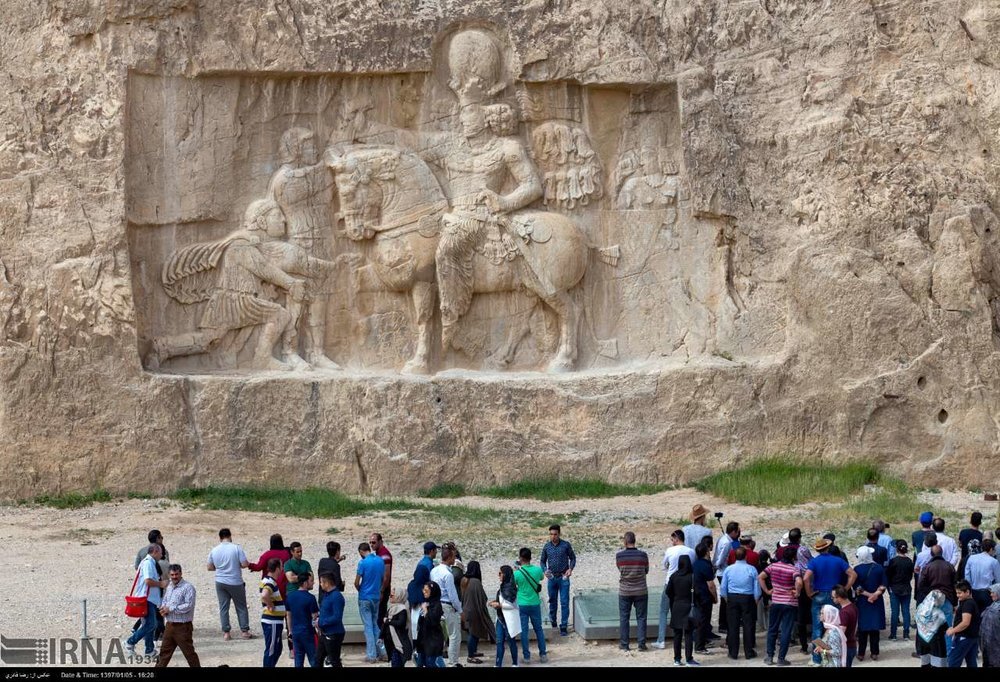
Meanwhile, older residents have had to rely heavily on government subsidies.ĭespite the difficult circumstances, Rahnama is hopeful that interest in the village’s unique architecture will lure visitors and that tourism will create more jobs and business. The women do some weaving, but aside from that there is no work,” Rahnama said. “Nowadays young people go to nearby cities for work and bring back money and food.

Life in the village still isn’t easy the little agriculture that existed has declined in recent years due to drought, forcing younger residents to look elsewhere for work. Additionally, although cramped, smaller houses were easier to heat and cool than larger ones, and blended in more easily with the landscape, making them harder for potential invaders to spot. Smaller homes required fewer materials, and thus less effort. Domestic animals large enough to pull wagons were scarce and proper roads were limited, meaning locals had to carry building supplies by hand for kilometres at a time. This roughly 10- to 14-sq-m space consisted of the k andik (place for storing grain and wheat), a karshak (a clay stove for cooking) and a sleeping space.Ĭonstructing these tiny homes was no easy feat, Rahnama said, and residents’ short stature wasn’t the only reason to build smaller houses. I found myself in a small living quarters known as the ‘sitting room’ – aptly named as I was forced to sit due to the low ceiling. Stooping down, I followed Rahnama into one of Makhunik’s ‘Lilliputian’ homes, ducking through the wooden door that was located on the house’s southern side to let in more light and protect the home’s single room from strong northerly winds.

Of the roughly 200 stone and clay houses that make up the ancient village, 70 or 80 are exceptionally low, ranging between 1.5 to 2m – with the ceilings of some as low as 1.4m. Makhunik residents subsisted on simple vegetarian dishes such as kashk-beneh (made from whey and a type of pistachio that is grown in the mountains), and pokhteek (a mixture of dried whey and turnip).Īlthough most of Makhunik’s 700 residents are now of average height, reminders of their ancestors’ shorter statures still persist. Raising animals was difficult in this dry, desolate region, and turnips, grain, barley and a date-like fruit called jujube constituted the only farming. Malnutrition significantly contributed to Makhunik residents’ height deficiency. Although experts have determined that the mummy was actually a premature baby who died roughly 400 years ago, they contend that previous generations of Makhunik residents were indeed shorter than usual. The discovery fuelled the belief that this remote corner of Iran, which consists of 13 villages, including Makhunik, was once home to an ancient ‘City of Dwarfs’.

In 2005, a mummified body measuring 25cm in length was found in the region.


 0 kommentar(er)
0 kommentar(er)
